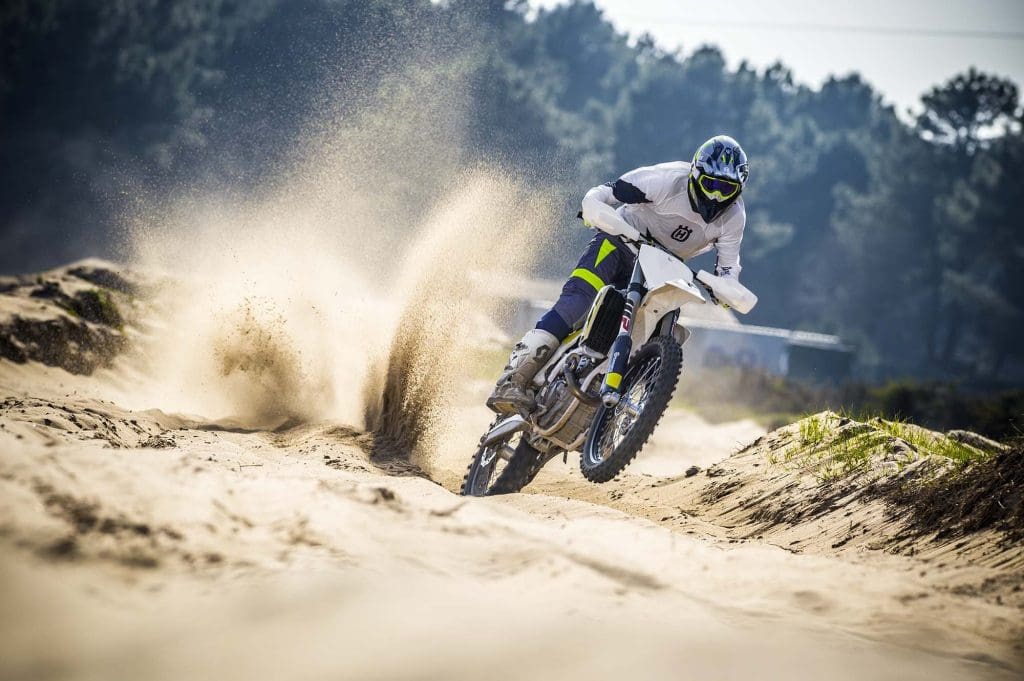To many, traction control on a motocross bike makes as much sense as a wheel on the bottom of a walking stick, but believe it or not, traction control has existed in various forms in the dirtbike world for the last two decades. Launch control, which has been a feature on motocross bikes for years, is effectively a traction control system. During a race start, when riders need to get power to the ground in the straight-line run to get the holeshot into the first corner, the ignition is being electronically altered in order to maximise, or control, the bike’s traction.
The general belief, however, is that manufacturers have specifically not referred to the technology as ‘traction control’, because those two words, according to the AMA Motocross rulebook, have been illegal – until now. Earlier this year, the AMA updated its rulebook to allow for traction control systems, on the proviso that the electronics are homologated in production models. So if your bike comes fitted with TC as standard, you’re okay. And Husqvarna has made immediate use of this provision, with its 2017 range of motocross models already appearing with traction control on board.

TC history
Twenty years ago, when Honda unveiled its 1997 CR250, it stunned the off-road world by announcing the addition of traction control to its two-stroke motocross bike. The then hi-tech system saw the ignition monitoring the engine’s rpm at 35 millisecond intervals and reacting if any sudden spikes — excessive wheelspin — was detected.
Fast forward 19 years and Kawasaki’s 2015 KX450F was released with a traction control system specifically for getting off the line, one which would only activate in first and second gear. It, like many other forms of launch control, works to achieve the same result as traction control. So despite the technology existing in various guises over the years, Husqvarna’s recently announced system is really the first refined traction control system – as we roadbike riders have come to know the concept – to be fitted to a competition off-roader.
How’s it work?
It’s actually pretty simple. Where the 2015 Kawasaki system retarded the timing in the first two gears for improved off-the-line traction before returning to normal once the rider shifts into third gear, Husqvarna’s system is slightly more advanced. Like most road-going traction control systems, it uses the bike’s Inertial Measurement Unit to analyse both the throttle input and the rate at which the rpm is increasing to determine how much wheelspin the bike is experiencing. The system is programmed to understand that rear-wheel spin is necessary for drive, steering and speed but the clever bit is the algorithms which allow it to find the middle ground between the time made up by wheelspin, and time lost by too much of it. Activated by a bar-mounted switch, the system – which integrates a separate launch-control system – can be completely turned off when not needed.

By Kellie Buckley











